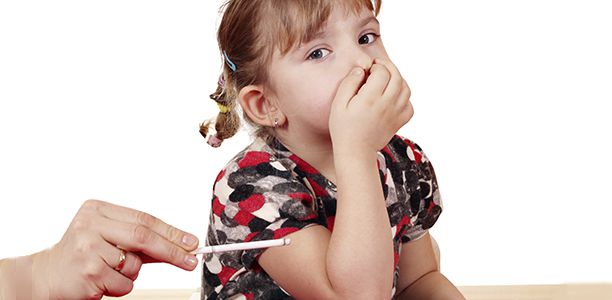Kids exposed to their parents’ smoking may have a higher risk of developing heart disease in adulthood than those whose parents didn’t smoke, according to research in the American Heart Association journal Circulation.
The study’s results add to the growing evidence that exposure to smoking from parents has a lasting effect on children’s cardiovascular health in adulthood.
Researchers tracked participants in the Cardiovascular Risk in Young Finns Study, which included childhood exposure to parental smoking in 1980 and 1983. They collected carotid ultrasound data in adulthood in 2001 and 2007.
In 2014, researchers measured participant’s childhood blood cotinine levels from samples collected and frozen in 1980. Cotinine is a biomarker of passive smoke exposure.
The percent of children with non-detectable cotinine levels were highest among households where neither parent smoked (84%), decreased in households where one parent smoked (62%) and were lowest among households where both parents smoked (43%).
Regardless of other factors, the risk of developing carotid plaque in adulthood was almost two times (1.7) higher in children exposed to one or two parental smokers compared to children of parents who did not smoke. Further, risk was elevated whether parents seemed to limit their children’s exposure:
- Almost two times (1.6) higher in children whose parents smoked, but seemed to limit their children’s exposure.
- Four times higher in children whose parents smoked but did not seem to limit their children’s exposure.
“Although we cannot confirm that children with a detectable blood cotinine in our study was a result of passive smoke exposure directly from their parents, we know that a child’s primary source of passive smoke exposure occurs at home,” said Costan Magnussen, Ph.D., study lead author and senior research fellow at the Menzies Institute for Medical Research, University of Tasmania in Australia.
Researchers stressed that to provide the best long-term cardiovascular health for their offspring, parents should not smoke. However, “For parents who are trying to quit smoking, they may be able to reduce some of the potential long-term risk for their children by actively reducing their children’s exposure to secondhand smoke (i.e., not smoking inside the home, car, or smoke well away from their children),” said Magnussen, who is also adjunct professor of cardiovascular epidemiology at the University of Turku in Finland. “Not smoking at all is by far the safest option”.
(Source: American Heart Association, Circulation)










